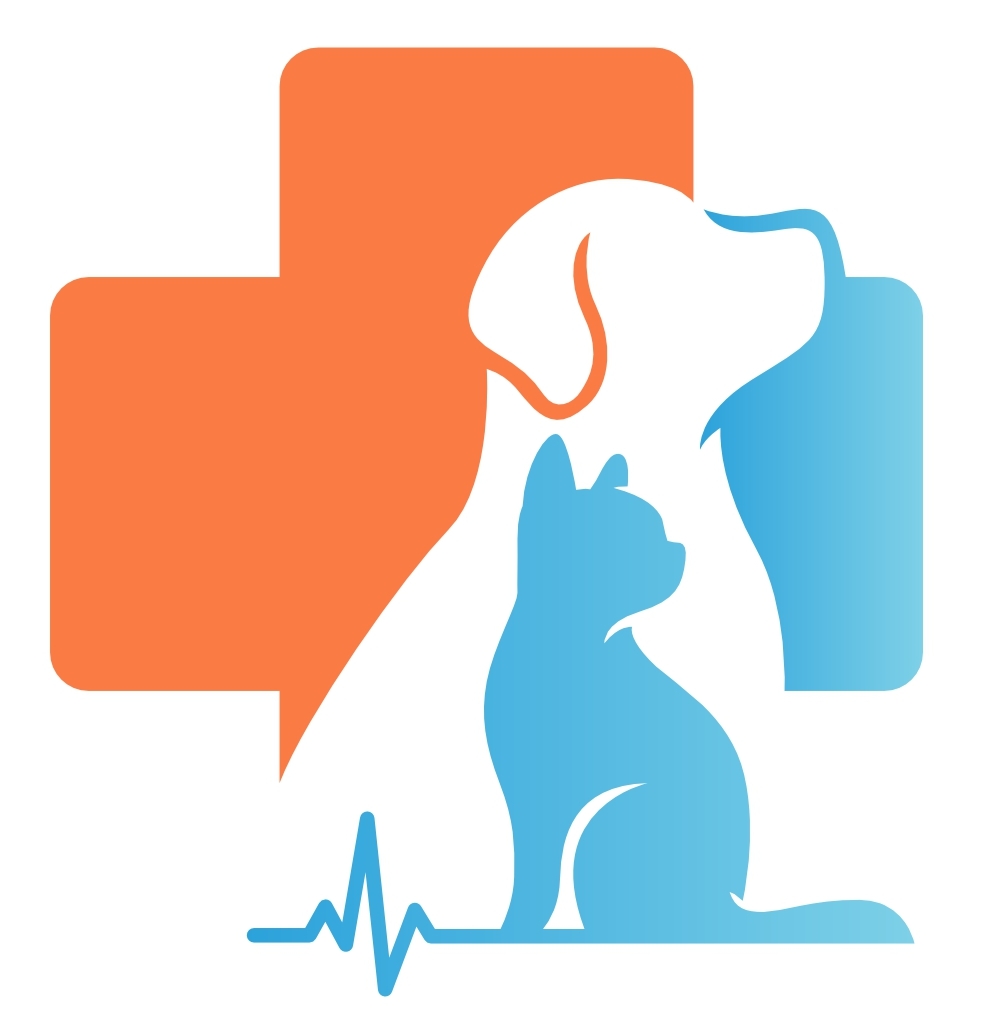Creating a Comfortable Home for Your Mobility Compromised Dog

There are many ways we can change our dog’s home environment to help them more easily move around and avoid injuries. This handout reviews some key points to improve your dog’s comfort at home and on car trips.
Palliative Care for Dogs

Palliative medicine is care that is delivered as a dog approaches the end of life. The first step in creating a palliative care plan is to discuss with your veterinarian the expected course of the disease and how it will affect your dog’s quality of life. Once a dog’s activities of daily living have been identified, it is important to define family beliefs, family needs as care unfolds, and the goals for the dog as death approaches. An essential part of establishing goals of palliative therapy is understanding the expected course of the life-limiting disease. Knowledge about disease allows for the development of a personalized palliative care plan.
Palliative Care and Hospice for Pets: Overview
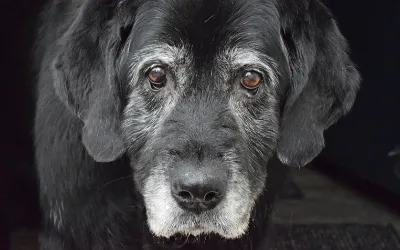
Palliative care can be as easy or complex as necessary, to meet the needs of the pet and human family. Some palliative care patients benefit from massage, therapeutic laser, temperature therapy (heating or cooling devices), acupuncture, chiropractic, and physical rehabilitation techniques. Palliative care creates a bridge of care to support a pet as the time for humane euthanasia approaches. It is not a substitute for euthanasia, but it often helps us postpone euthanasia, allowing our pets to remain with us for whatever quality time remains for them.
Orthotic Devices for Dogs: Braces
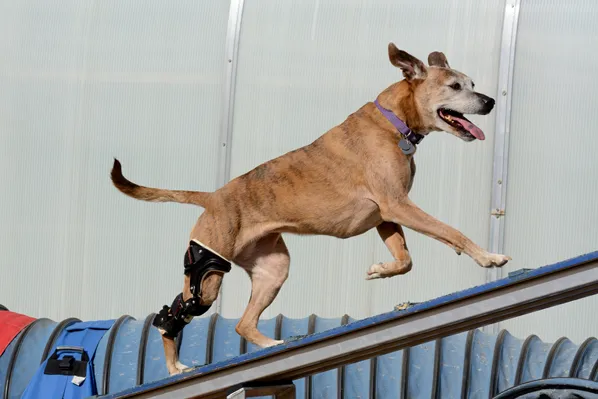
Supportive braces can help dogs with many orthopedic conditions, including skeletal deformities, carpal hyperextension, and cruciate ligament disease. It is important to have any brace properly fitted to avoid complications. Braces are not considered equivalent to surgery for cruciate ligament disease.
Obtaining a Veterinary Second Opinion for Your Dog
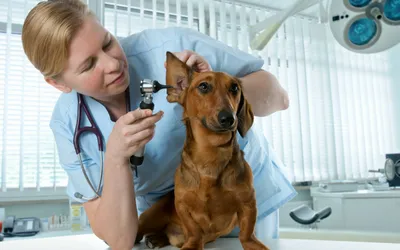
If your dog has a complicated condition or is not getting well, you may want to seek a specialist referral or a second opinion. Your veterinarian will likely help you get this set up as they want what is best for your pet. You will likely need to travel in many situations for a specialty referral.
How to Choose a Good Dog Breeder

Purebred dogs from a breeder have a documented family history and known background. For families who have opted for this way to add a dog to their family (if a shelter or rescue dog isn’t in the cards), make sure you and the breeder take time to get to know each other to make sure that the family and dog are the right fit together.
Holiday Safety Tips for Dog Owners

There are many potential hazards that pets face during the holidays. With common sense and planning, exposure to these hazards can be avoided, preventing injury or illness. Hazards include tinsel, electrical cords, string from meat, ribbons, Christmas tree water, holiday plants, and foods such as chocolate and bread dough. Some dogs do better if given a safe space to stay, away from company, and may require calming remedies to help minimize anxiety and stress during the holidays.
Guide Dogs
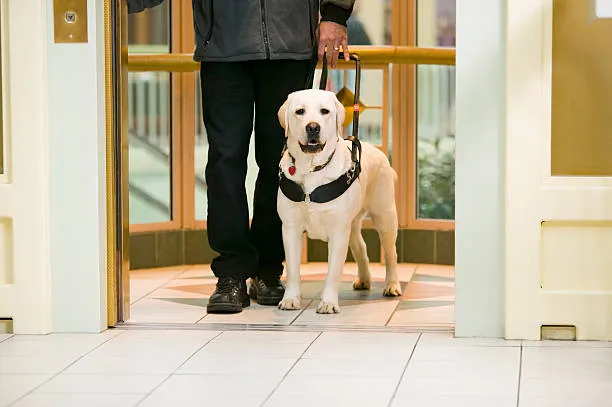
Dogs, in general, are amazing creatures. But service dogs like guide dogs, are true stand outs. In addition to traditional canine companionship, they play an integral role in the lives of the visually impaired.
Essential Oil and Liquid Potpourri Poisoning in Dogs
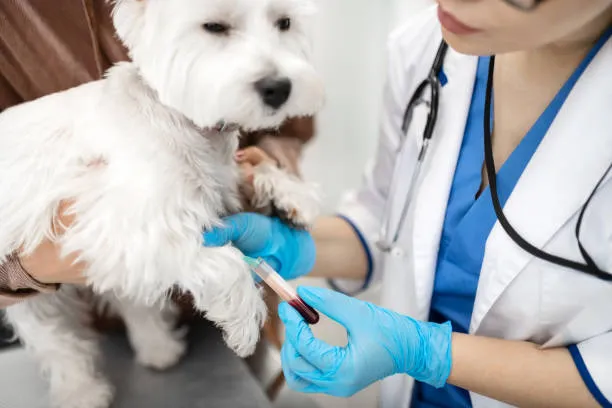
Many liquid potpourri products and essential oils, including oil of cinnamon, citrus, pennyroyal, peppermint, pine, sweet birch, tea tree (melaleuca), wintergreen, and ylang ylang, are poisonous to dogs. Both ingestion and skin exposure can be toxic.
Elizabethan Collars in Dogs
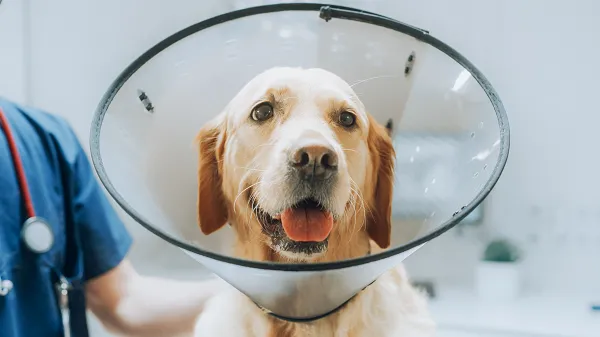
An E-collar or cone may be needed after your dog has surgery or if he has a wound. It can prevent your dog from licking their wound or scratching a wound on their head. Your dog should wear the E-collar following the directions provided by your veterinarian. You may need to make a few adjustments in your home to ensure your dog does not get stuck in confined spaces. Also, you may need to adjust his feeding station to assist with eating. It is not recommended to let your dog outdoors unsupervised while wearing the cone. If your dog will not tolerate the E-collar, discuss other options with your veterinarian.
